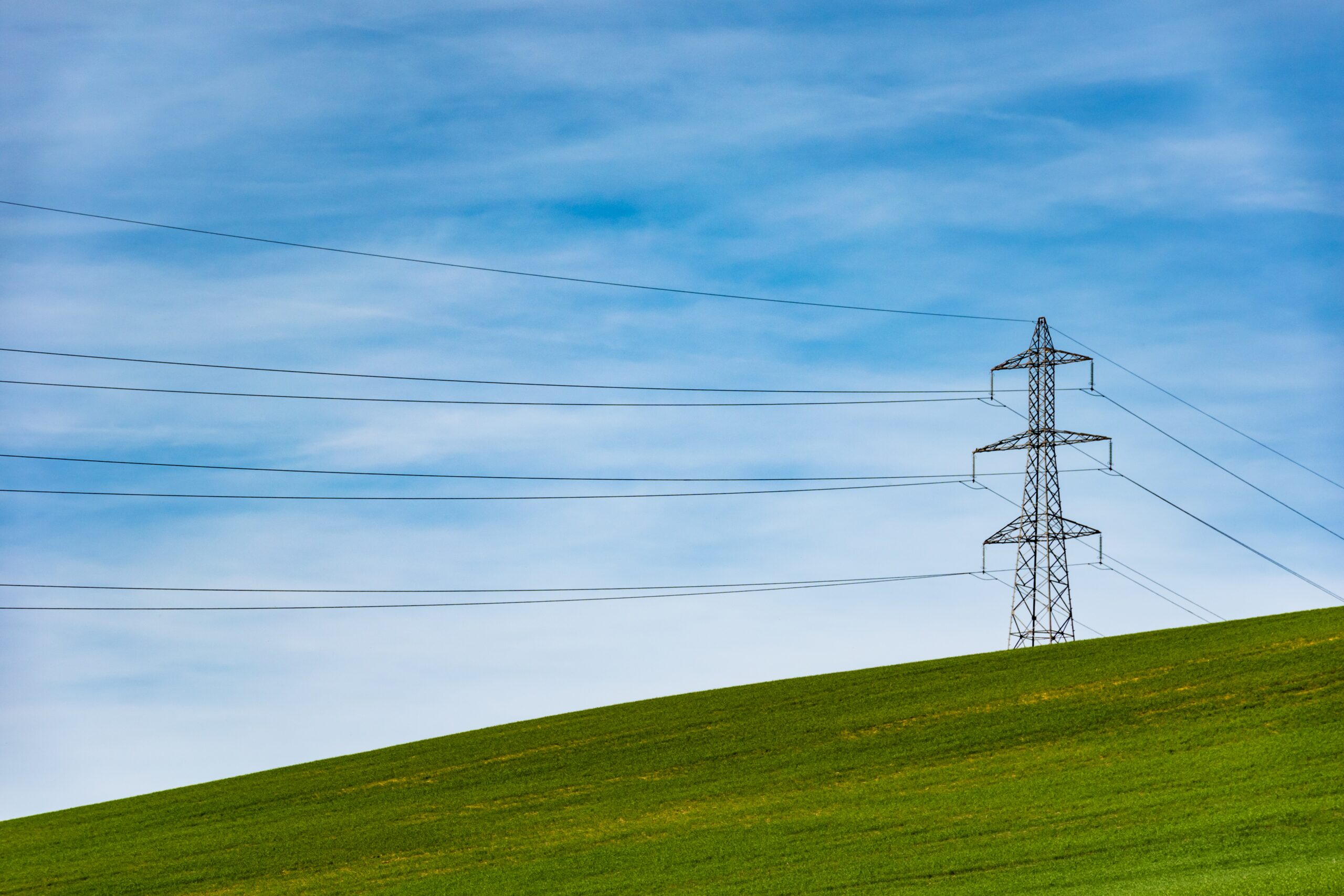Struggling to manage energy bills can be overwhelming, especially with the rising costs of energy. Many individuals from diverse backgrounds find it challenging to keep up with their monthly utility bills. However, there is good news – various resources are available to provide help with energy bills and alleviate financial strain. In this comprehensive guide, we will explore the different avenues to access assistance, including government grants, low-interest loans, and other financial options. By taking advantage of these resources and implementing energy-saving practices, you can regain control of your finances and ensure a more affordable and stress-free management of your electric bill.
The Rise in Energy Costs
The primary cause of increasing energy costs is the rising price of fuel, such as natural gas and coal. As these costs escalate, electricity prices nationwide follow suit, making it particularly challenging for those with limited incomes to keep up with their electric bills, even when they strive to conserve energy.
Average Electric Bill
According to the US Energy Information Administration, the average monthly electric bill in 2021 exceeded $122, encompassing residential and commercial customers. However, in areas with higher-than-average energy costs, some customers may face more significant financial strain. Regardless of your location, a higher-than-average electric bill can have a profound impact on families trying to make ends meet.
How to Receive Aid for Electricity Bills
Thankfully, there are numerous resources available for individuals seeking assistance with their electric bills. Some of the most prominent avenues include government programs like the Low Income Home Energy Assistance Program (LIHEAP), as well as various state and local grants. Additionally, many power companies offer individualized aid plans, payment extensions, or discounts for customers facing financial difficulties. Charitable organizations, such as the Salvation Army and United Way, may also have additional funds or services available to assist with energy costs.
Government Grants & Programs Offering Financial Assistance
Government grants and programs are among the most well-known resources for individuals in need of help with their electric bills.
Low Income Home Energy Assistance Program (LIHEAP)
LIHEAP is a federally-funded program designed to aid eligible households in paying their energy costs, including electric bills. Qualified households can receive up to $1,000 per year in assistance. To be eligible for LIHEAP, applicants must meet specific income limits and provide proof of residency. While LIHEAP does not cover the entire bill, it significantly reduces the financial burden by covering a portion of the cost.
Weatherization Assistance Program (WAP)
The Weatherization Assistance Program (WAP) is another federal initiative that helps eligible households reduce their energy costs. This program provides free energy efficiency services, such as insulation and window capping, to make homes more energy-efficient. By implementing these improvements, WAP can help lower monthly electric bills by up to 30%. To qualify for WAP, applicants must meet certain criteria, including income limits and home ownership.
State and Municipal Programs
In addition to federal programs like LIHEAP and WAP, many states and municipalities offer their assistance programs to support low-income customers with their electric bills. Examples include California’s Low Income Home Energy Assistance Program (LIHEAP) and Maryland’s Electric Universal Service Program (EUSP). To explore available assistance programs in your area, reach out to your city or county office.
Utility Companies & Charitable Organizations
Apart from government grants and programs, many utility companies have their own payment plans and extensions to help customers who cannot pay their full electric bills. Charitable organizations such as the Salvation Army and United Way also offer financial assistance through their Energy Assistance Programs.
Local Utility Company Programs
Most utility companies provide payment plans and extensions to customers facing financial difficulties. These programs allow customers to spread out payments over a more extended period, easing the burden of their electric bills. It’s essential to contact your local utility company to inquire about available payment plans or extensions before seeking external assistance.
The Salvation Army
The Salvation Army is a well-known charitable organization that offers one-time grants through its Energy Assistance Program to help low-income households cover energy bills. The grants are awarded on an as-needed basis, varying depending on individual circumstances.
United Way
United Way administers the Low Income Home Energy Assistance Program (LIHEAP) in select states, providing up to $1,000 per year in assistance. Many local chapters of the United Way also administer additional funds or services tailored to assist with energy costs.
The National Fuel Funds Network (NFFN)
The National Fuel Funds Network (NFFN) is a non-profit organization that offers grants to individuals and families struggling to pay their electric bills. The NFFN collaborates with local charities, utility companies, and other organizations to provide assistance through its network of fuel funds, given on an as-needed basis and depending on individual circumstances.
Local Churches and Charities
Local churches and charities may have funds or services available to assist with energy costs. To explore these options, contact your local church or charity.
Low-Interest Loans & Other Financial Options
For those unable to access government assistance or charitable funds, other financial options can help cover electric bills. Low-interest loans from local banks and credit unions can provide relief without requiring immediate repayment. Additionally, some power companies may offer payment plans to spread out the cost over time.
Low-Interest Loans
Several reputable lenders offer low-interest loans:
a. Marcus by Goldman Sachs: Offers loan rates as low as 5.99%.
b. LightStream: Provides personal loans with a fixed rate of 3.09%-14.24% APR and no fees or pre-payment penalties.
c. SoFi: Offers personal loans with an interest rate of 6.95%-18.85% APR, based on credit score and other factors.
How to Maximize Savings and Reduce Your Electric Bill
In addition to government grants and programs, implementing energy-saving measures can significantly reduce your electric bill and maximize savings:
- Unplug Unused Appliances
Turn off and unplug appliances and electronic devices when not in use to minimize standby power consumption.
- Switch to Energy-Efficient Light Bulbs
Replace traditional incandescent bulbs with energy-efficient LED or CFL bulbs to reduce electricity usage.
- Install Solar Panels
Consider investing in solar panels to harness renewable energy and potentially lower your reliance on the grid.
- Utilize Natural Light
Take advantage of natural light during the day to reduce the need for artificial lighting.
- Turn Down the Thermostat
Adjust your thermostat when away from home or during the night to conserve energy.
- Invest in Energy-Efficient Appliances
Opt for energy-efficient appliances with ENERGY STAR ratings to save electricity and reduce long-term costs.
- Explore Utility Company Incentives
Check with your utility company for plans that incentivize energy conservation and the use of renewable energy sources.
How to Budget for an Electric Bill
Creating a budget and developing a plan for paying your electric bills is crucial to managing costs and avoiding late fees. Here are steps to create an effective budget:
- Track Past Energy Bills
Review past energy bills to estimate your average monthly expenses.
- Create a Budget
Based on your income and other expenses, allocate a portion of your monthly budget to cover the electric bill.
- Monitor Usage
Throughout the month, be mindful of your energy consumption, turning off lights and appliances when not in use.
- Sign Up for Electronic Billing
Opt for electronic billing notifications to receive timely reminders of payment due dates.
50/30/20 Budgeting
The 50/30/20 budgeting method is a practical approach to managing money. It involves allocating 50% of your income for essential expenses (such as rent, utilities, food, and living costs), 30% for non-essential expenses (entertainment, activities, clothing), and 20% for savings or debt repayment. By adhering to this method, you can track expenses more effectively and make adjustments as needed.
Tips for Effective Budgeting
While government grants, charitable funds, and financial options offer temporary relief, it is essential to remember that they are not long-term solutions. To achieve financial stability and avoid further debt, practice smart budgeting and consider ways to expand income or reduce expenses.
Tips to Reduce Spending & Balance Your Budget:
- Create a Comprehensive Budget: Record all expenses to identify areas where you can reduce spending.
- Pay off Debts Strategically: Prioritize paying off high-interest debts or consider consolidating multiple debts into a single lower-interest loan.
- Cut Back on Nonessential Expenses: Limit spending on nonessential items like dining out, entertainment, and shopping.
- Research Available Grants & Assistance Programs: Continuously explore available resources to aid with energy bills and other essential expenses.
- Embrace Renewable Energy: Consider investing in renewable energy sources, such as solar panels, to save on utilities in the long run.
Additional Resources for Finding Help with Your Electric Bills
For more information and to access assistance programs, explore the following resources:
- LIHEAP & WAP Programs
Learn more about federal energy assistance programs.
- Utility Companies
Contact your local utility company to inquire about available payment plans and extensions.
- Charitable Organizations
Visit the Salvation Army or United Way websites for more information on their Energy Assistance Programs.
- National Fuel Funds Network (NFFN)
Explore NFFN’s network of fuel funds for eligible households.
- Low-Interest Loans & Financial Options
Search online for low-interest loans and other financial options for paying electric bills.
The Bottom Line
Facing financial struggles and managing electric bills can be challenging, but there is help available. Government grants, charitable organizations, low-interest loans, and energy-saving practices can significantly reduce the burden of electric bills. Remember, you are not alone, and assistance is within reach. Take advantage of the available resources, implement effective budgeting strategies, and explore long-term solutions to maintain financial stability and regain control of your finances. With the right approach and a willingness to seek aid when necessary, you can overcome financial hardships and ensure a more secure future.








